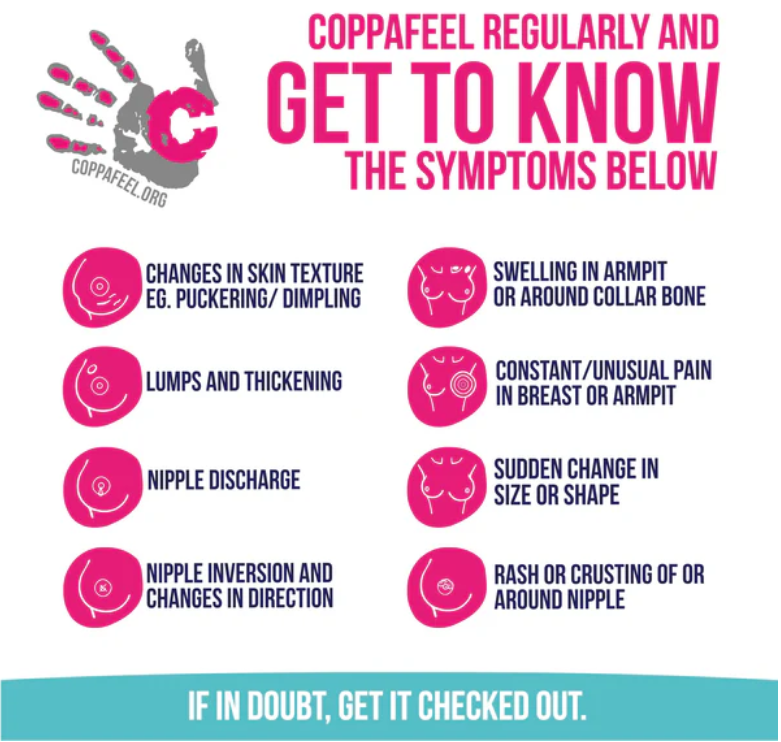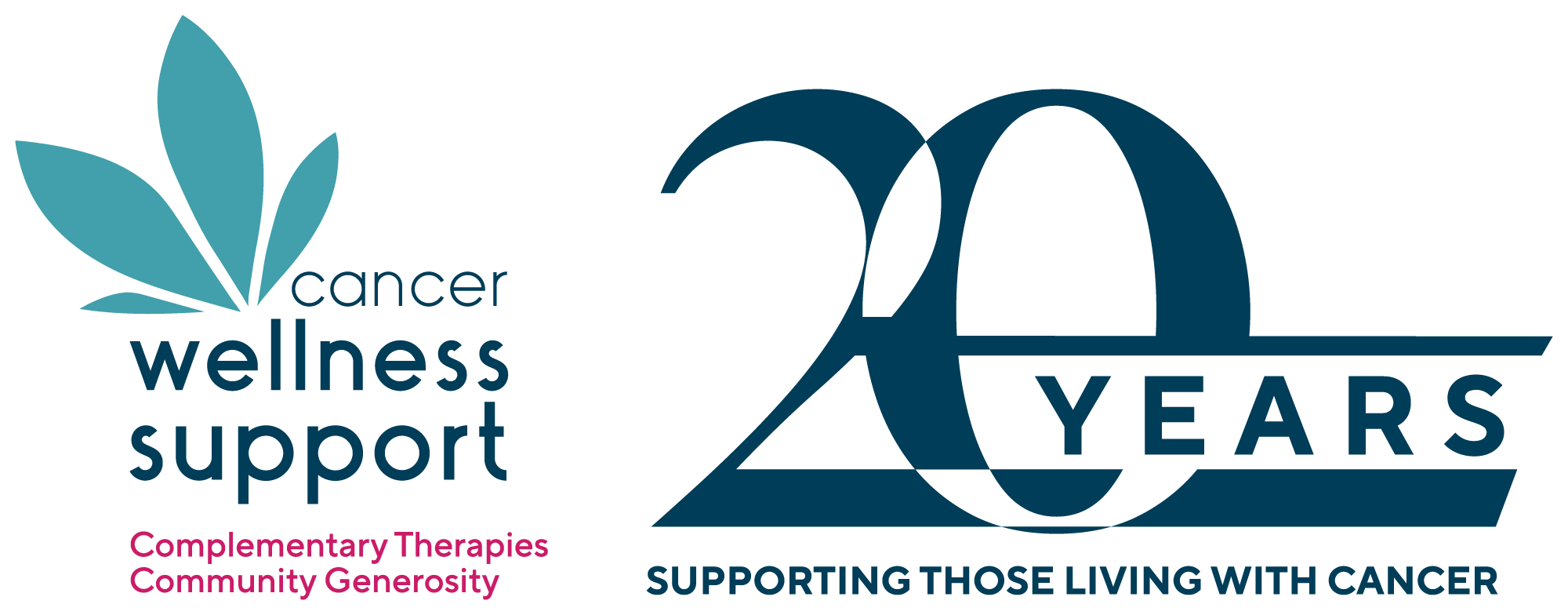Breast cancer has challenged humanity for centuries, but through advances in research, detection, and treatment, outcomes have significantly improved.
As Siddhartha Mukherjee once said, “The story of cancer is the story of human ingenuity, resilience, and perseverance.” This quote captures the spirit of breast cancer treatment, a field that has evolved dramatically over the last 50 years. Today, we are shifting away from aggressive surgical treatments to more targeted, systemic options that prioritise both life-saving outcomes and quality of life.
The Evolution of Breast Cancer Treatment
Historically, breast cancer was treated as a local disease that required drastic surgery. In the 18th century, French physician Henri Le Dran suggested that removing the tumour through surgery could cure breast cancer. However, it was William Halsted in the late 19th century who truly revolutionised breast cancer surgery by performing the first radical mastectomy. This procedure involved removing the entire breast, lymph nodes, and chest muscles, becoming the standard treatment for decades.
While Halsted’s method was life-saving, it left many women with significant physical disabilities and emotional trauma. For years, the medical community believed that more extensive surgery would provide better outcomes. However, research in the mid-20th century began to challenge this idea.
In 1967, Dr. Bernard Fisher led the National Surgical Adjuvant Breast and Bowel Project (NSABP), which showed that less invasive surgeries, such as a total mastectomy or lumpectomy combined with radiation, could be just as effective as the radical Halsted procedure. These groundbreaking studies paved the way for breast-conserving treatments, offering women a less invasive, yet equally effective, approach to fighting breast cancer.

Advances in Modern Breast Cancer Treatment
Today, breast cancer treatment has moved far beyond surgery alone. In addition to less invasive surgical options, modern treatment includes radiation therapy, hormone therapy, and chemotherapy, often tailored to each individual. These treatments not only improve survival rates but also minimise the physical and emotional toll on patients.
Research has shown that early detection is key to improving breast cancer outcomes. Mammograms and other screening tools have significantly improved survival rates, with early detection leading to a 90% five-year survival rate in Australia. This is a significant improvement from just a few decades ago, when survival rates were much lower.
Breakthrough Technologies in Breast Cancer Care
Exciting new technologies are helping to further transform breast cancer care. For example, the InVue device offers surgeons real-time digital pathology during surgery, allowing them to make immediate decisions in the operating room. This reduces the need for multiple surgeries, making the process more efficient and less stressful for patients.
Additionally, researchers at La Trobe University have developed the NanoMslide, a microscope slide designed to detect cancer cells more easily. By creating a colour contrast that highlights abnormal cells, this technology can detect cancer earlier and more accurately, potentially revolutionising breast cancer diagnostics.
The Path Ahead
While breast cancer remains a serious challenge, the progress made in research, detection, and treatment is undeniable. Organisations like the National Breast Cancer Foundation have played a crucial role in funding research that has reduced breast cancer mortality rates by over 40% since 1994. Advances in early detection and personalised treatment options are continuing to improve outcomes for women around the world.
As we move forward, it’s important to remember that breast cancer is not just a medical issue – it’s a deeply personal one. Each patient’s journey is unique, and their recovery often involves navigating the emotional and psychological challenges that come with the disease.
October Breast Cancer Awareness Month
Breast cancer mostly affects women, especially those over 50, with about 80% of cases occurring in this age group. However, nearly 1,000 women under 40 are also expected to be diagnosed. Men can also develop breast cancer, though it’s much rarer.
In Australia, about 1 in 7 women and 1 in 550 men will be diagnosed with breast cancer during their lifetime, with most men being diagnosed after age 50. As the population ages, the number of men diagnosed may increase.
While it’s less common in men, it’s important for them to be aware and check for any unusual changes in their breast tissue.

Source: Coppafeel.org




